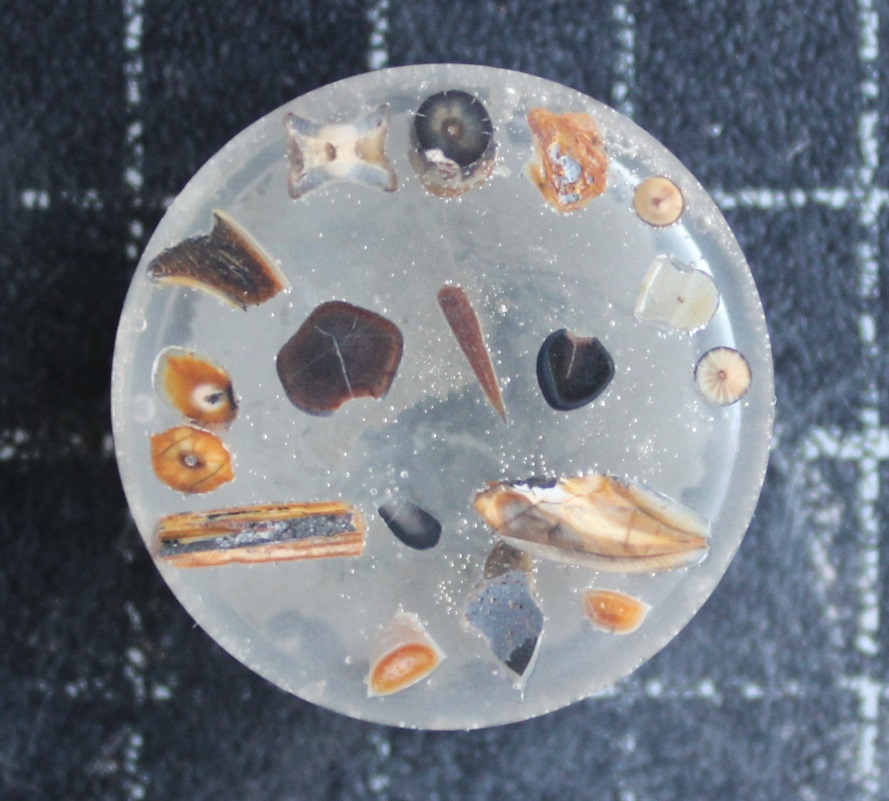
Late Cretaceous vertebrate paleobiogeography in Europe
Late Cretaceous continental sedimentary rocks are becoming rare in Europe…

The Triassic placodont marine reptiles lived in the shallow sea of the western (Europe and Middle East) and eastern region (China) of the Tethys and they were present from the beginning of the Middle Triassic to the end of the Late Triassic. At the beginning of their evolution, they could be highly specialized forms with their characteristic gravel-like durophagous teeth, which were used to break up hard food (such as snails, mussels, brachiopods, crabs).
Researches to date have pointed to an evolutionary change in both skull morphology and dentition. The temporal region of the robust skull widened more and more, while the nasal part (the rostrum) became elongated. In the early forms, the number of teeth in the tooth row is high, even the palatine bone was almost completely covered by teeth, thus creating a large uniform breaking surface. This is observed in the case ofPlacodus and Paraplacodus. Later, the number of teeth was reduced, they disappeared completely from the rostrum. At the same time, on the other hand, the size of the teeth increased, where the posterior crushing tooth on the palatine is conspicuous. The most extreme case is one of their last representatives, Macroplacus. The reduction of the tooth number is most pronounced in the case of Henodus, having only a pair of crushing tooth. Presumably, this freshwater placodont could not consume hard-shelled food.
Changes in diet can result such changes in cranial and dental morphology. To monitor this phenomenon, the dental wear analysis can be used, on the one hand, to deduce the composition of the diet, and on the other hand, to detect fine differences between each dietary groups. The aim of the present research is to determine, using dental wear method, potential changes in diet between each placodont species during their evolution.

Late Cretaceous continental sedimentary rocks are becoming rare in Europe…

The Iharkút locality provided four, in many ways quite different, species of crocodiles…

Bone fossilization can be viewed as the process of recrystallization of biogenic apatite to carbonate fluorapatite (francolite) …

The Triassic placodont marine reptiles lived in the shallow sea of the western (Europe and Middle East) and eastern region (China) of the Tethys …